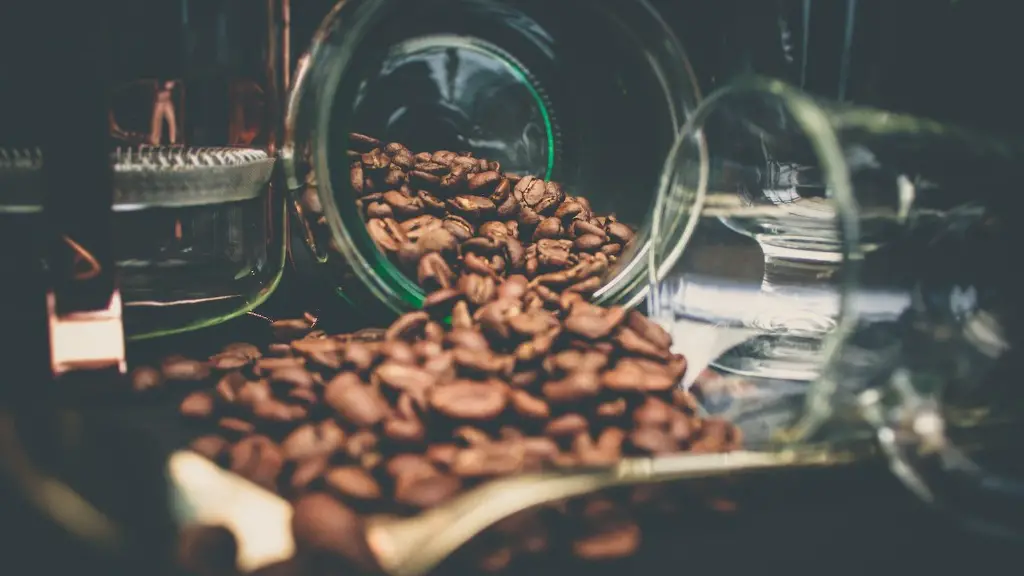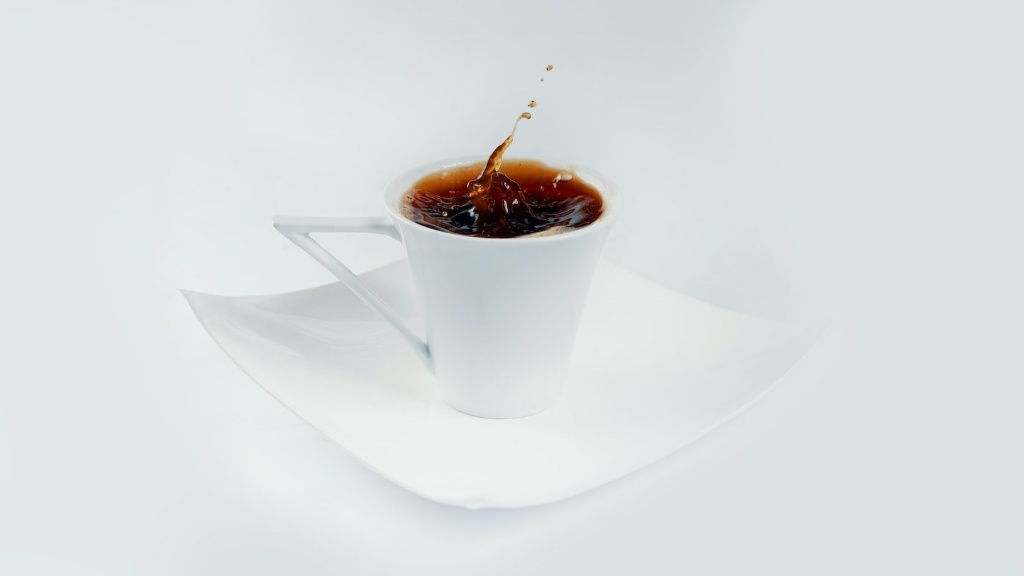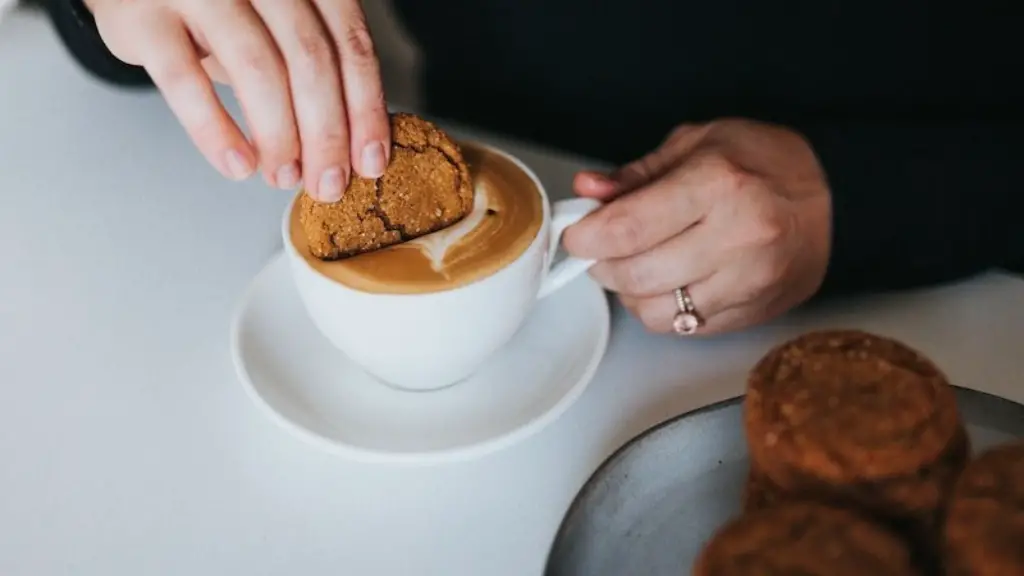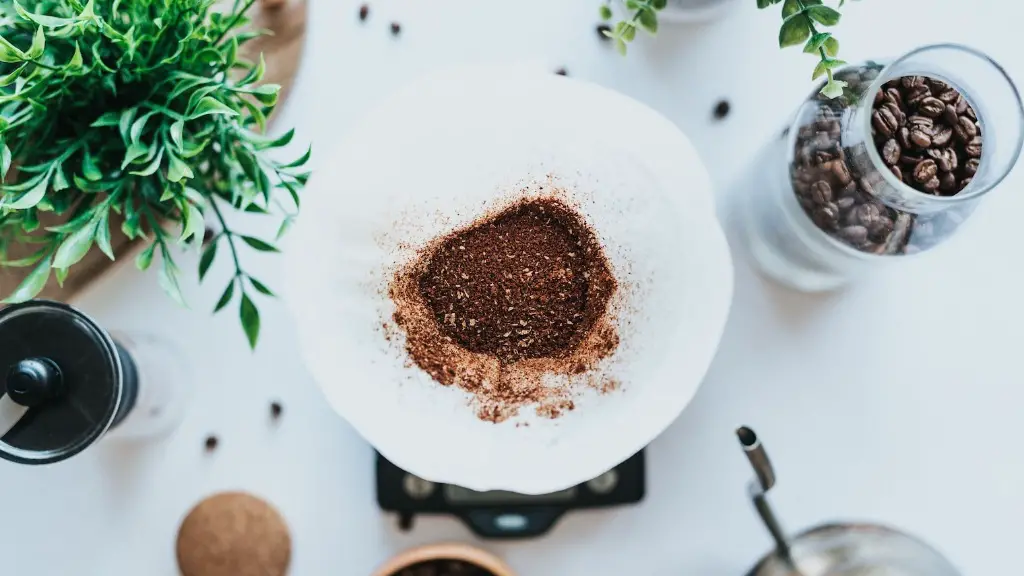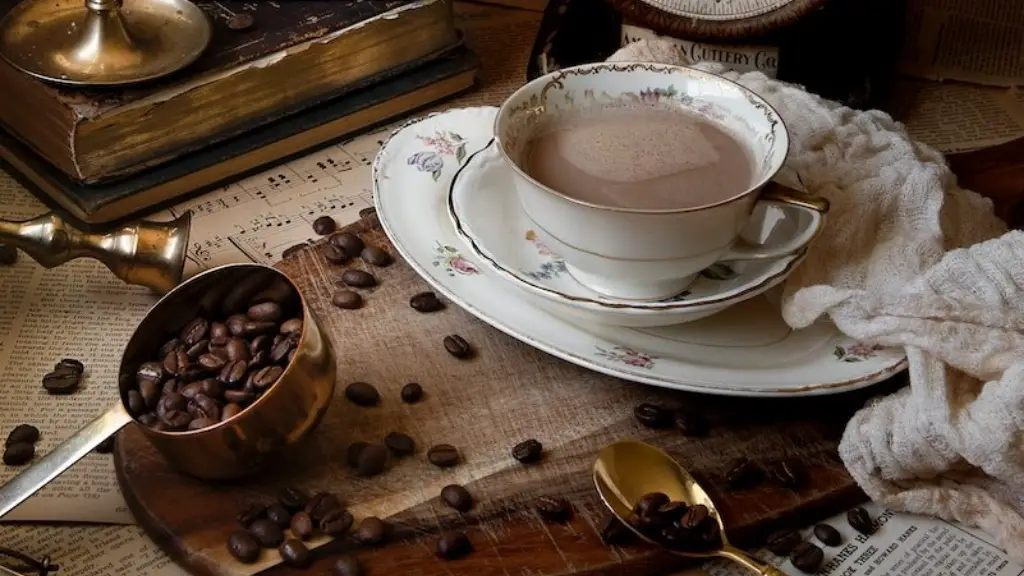If you’re looking for a bold, intense coffee flavor, dark roasting your coffee beans is the way to go. This roasting method brings out the coffee bean’s natural oils, resulting in a rich and robust flavor. Dark roasted coffee beans also have a slightly higher caffeine content than lighter roasts. To dark roast your coffee beans at home, all you need is a pan, some beans, and a little patience.
To dark roast coffee beans, you’ll need to use a high heat to cook them for a longer period of time. This will produce a darker color and more intense flavor.
How to roast coffee bean at home?
If you want to roast your beans in a grill or a pan, there are a few things you need to keep in mind. First, you need to make sure there is good ventilation. Second, you need to place a thick pan on medium heat. Third, you need to add a shallow layer of beans to the pan. Fourth, you need to keep stirring. Fifth, you need to listen for the first crack after 4-5 minutes. Sixth, you need to listen for the second crack after 6-7 minutes. Seventh, you need to dump the beans into a colander. Eighth, you need to leave the beans exposed for 12 hours to de-gas.
When roasting coffee beans, it is important to pay attention to the time the beans are in the roaster. Light roasts will take about 4-6 minutes, medium roasts will take about 5-8 minutes, and dark roasts will take 8-9 minutes. Make sure if you’re doing a dark roast, you pay attention as the ticker gets to eight minutes – they can easily burn at this stage!
How do professionals roast coffee beans
Raw coffee beans are dropped into loaders and then into a rotating drum. The drum is pre-heated to a temperature of around 240 degrees. After 12-15 minutes depending on the type of roast, the roasted beans will exit the drum at around 195 degrees and are then taken out into a cooling tray at the front of the roaster.
It’s important to let coffee beans rest after they’ve been roasted. This allows the beans to degas and release built-up carbon dioxide (CO2). The gas needs to escape in order for the coffee to taste its best. Depending on the type of coffee bean and the roast, beans should be rested for at least 5 days.
Do you wash coffee beans before roasting?
Washing your coffee beans before roasting them is important for two reasons. First, it cleans the beans and removes any impurities that might be on them. Second, it helps to moisturize the beans, making them more pliable and less likely to crack during the roasting process.
To wash your beans, simply place them in a medium-sized frying pan and cover them with water. Let the beans soak for a few minutes, then drain them and rinse with fresh water. Repeat this process a few times until the water runs clear. Then, drain the beans and spread them out on a clean towel to dry.
An Aeropress is an amazing machine that can make quality coffee, cold brew, and an espresso-like drink. The best part is that the size of the grounds doesn’t matter. The brew will always be clean, smooth, and rich.
What happens if you roast coffee too long?
As a roaster, you want to avoid burnt and ashy flavours in your coffee. These flavours can come from over-roasting the beans or from using beans that are not of good quality. Instead, you want to focus on creating a roast that has rich, chocolatey flavours or a bright, fruity taste.
This is a great way to roast coffee when you are camping or prepping. All you need is a quarter pound of coffee and a pot. Shake the pot until the pops of first crack end and then pour the coffee onto a lid or plate to cool. You can then blow across the beans to separate the chaff from the coffee.
What are the pros and cons of dark roast coffee
There are pros and cons to dark roast coffee containing chlorogenic acid lactones and melanoidins. On one hand, these substances have antioxidant properties. On the other hand, research indicates that their total free chlorogenic acid content decreases as the coffee is roasted to a darker level, impacting the antioxidant activity of those particular polyphenols.
Green coffee beans are roasted in order to create the rich flavor that we all associate with coffee. The roasting process begins with the beans being heated in a large rotating drum. After about 5 to 7 minutes of intense heat, much of their moisture evaporates and they begin to turn a yellow color. At this point, they also begin to smell a little like popcorn. After about 8 minutes in the roaster, the “first pop” occurs. This is when the beans reach their ideal roast level and are then cooled and packaged.
Is it cheaper to roast your own coffee?
Home coffee roasting is a great way to save money on your coffee beans. Green (raw) coffee beans are much cheaper than roasted coffee beans, so you can save a lot of money by roasting your own beans at home.
If you roast coffee beans for too long, they will become overdeveloped. Overdeveloped coffee beans will be black and oily and produce a burnt and bitter-tasting coffee. Some describe the taste as smoky and liken it to ash or carbon. Roasting coffee beans too long will lead to overdevelopment, so be careful not to roast them for too long.
Can you overcook coffee beans
When it comes to coffee, it’s important to remember that quantity does not always equal quality. Over-roasting beans will result in a bitter, burnt taste that is more akin to ash than coffee. Once beans have been burnt, there’s no going back, so be sure to buy quality beans from the start.
To preserve your coffee beans’ fresh roasted flavor, store them in an opaque, air-tight container at room temperature. Coffee beans can be beautiful, but avoid clear canisters which will allow light to compromise the taste of your coffee.
Why do you spray water on coffee beans?
The water droplet technique is a great way to reduce static-loaded coffee grinds and grind retention when single-dose grinding. By spraying or adding a small amount of water to your coffee beans, you can help to keep grounds from clinging to metal surfaces or flying away from the portafilter. This can help to make your grinding process much smoother and more efficient.
There are a variety of common coffee additives found the world over, including spices like cinnamon, nutmeg, and clove. Other spices such as cardamom can be used as well. Spices can be added at a variety of stages, whether soaking alongside the beans, being roasted alongside them, or being added after the brewing process itself. This can help to enhance the flavor of the coffee and create a unique and enjoyable drink.
When should I use coffee after roasting
If you want to get the best-tasting coffee, most baristas agree that you should consume your coffee beans anywhere between 7-21 days after the stated roast date. However, if you’re planning on buying coffee for immediate use, it’s important to note that you shouldn’t purchase beans that have been roasted less than a week prior.
When brewing dark roasts, it’s important to use a lower brew ratio than you would with lighter roasts. We recommend using a 16:1 or 17:1 brew ratio. This will minimize the concentration of bitter flavors.
Final Words
To dark roast coffee beans, you will need an coffee roaster. These can be found online or at specialty kitchen stores.Dark roasting brings out the natural flavors of the coffee and creates a deep, rich flavor. The process takes longer than lighter roasts, so be patient. Follow the instructions for your particular roaster to ensure the beans are roasted to perfection.
The process of dark roasting coffee beans is simple and only requires a few steps. By following these steps, you can create a delicious and rich cup of coffee that is perfect for any occasion.
